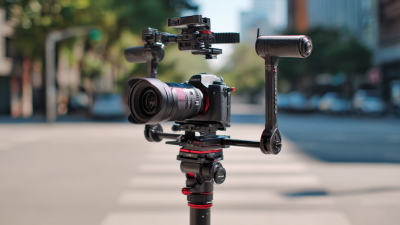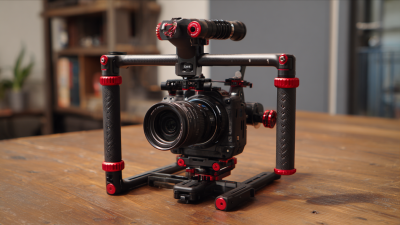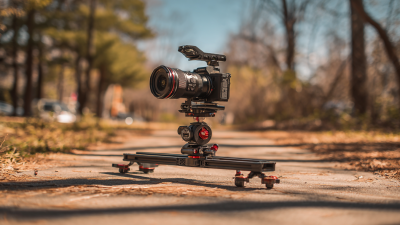In the fast-evolving realm of photography and videography, the significance of a reliable Camera Stabilizer Handle cannot be overstated. According to a recent report by Grand View Research, the global camera stabilizer market is projected to reach USD 3.3 billion by 2025, which underscores the growing importance of stabilization tools in achieving professional-quality footage. As filmmakers and content creators strive for smooth, cinematic shots, the right stabilizer handle can make all the difference in capturing steady, polished visuals. With the proliferation of various models and features available today, selecting the best Camera Stabilizer Handle requires careful consideration. This article outlines five essential tips to guide you through the crucial decision-making process, ensuring that you invest in equipment that enhances your creative capabilities and meets your project needs.
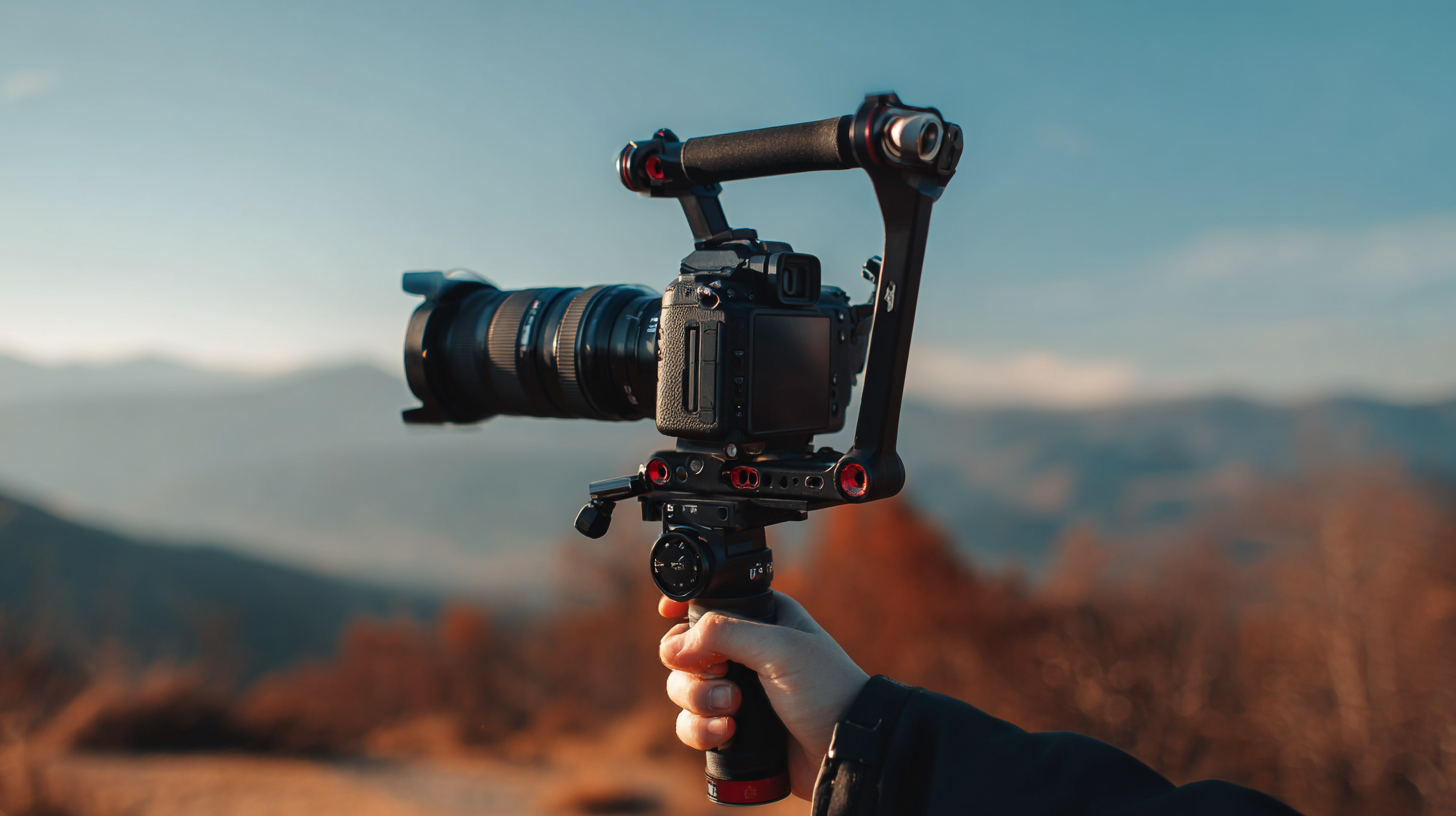
When capturing video footage, stability is paramount. Whether you are a seasoned filmmaker or a spirited hobbyist, understanding the significance of camera stabilization can transform your visual storytelling. Shake and jitters not only distract viewers but can also detract from the overall professionalism of the piece. Therefore, investing in a reliable camera stabilizer handle is essential for achieving smooth, cinematic shots.
A camera stabilizer handle minimizes the effects of handheld shooting, allowing for smoother movements and more controlled pans and tilts. This becomes particularly vital during dynamic shots, such as tracking subjects or navigating through bustling environments. By employing a stabilizer, filmmakers can maintain fluidity in their footage, ensuring that the audience remains engaged and immersed in the narrative. Additionally, a good stabilizer can help alleviate fatigue during long shooting sessions, providing both comfort and efficiency for the operator.
| Tip | Description | Importance |
|---|---|---|
| 1. Assess Your Needs | Consider the type of footage you’ll be shooting and the environments you’ll be in. | High - Ensures you select a stabilizer suited for your projects. |
| 2. Check Weight Capacity | Ensure the stabilizer can support the weight of your camera and accessories. | Critical - A stabilizer with insufficient capacity may lead to instability. |
| 3. Consider the Build Material | Opt for durable materials that can withstand heavy use. | Medium - Impacts long-term performance and durability. |
| 4. Look for Adjustability | Features like height and angle adjustments improve comfort and usability. | High - Enhances user experience and footage quality. |
| 5. Review User Feedback | Read reviews and testimonials from users to gauge performance and reliability. | Very High - User experiences can reveal strengths and weaknesses. |
When selecting the best camera stabilizer handle, it’s crucial to focus on key features that enhance your filming experience. First and foremost, weight capacity stands out as a defining element; a stabilizer should comfortably support the weight of your camera and any additional accessories. According to a 2021 report from the Camera Stabilization Industry Association, 68% of videographers recommend a stabilizer with at least a 10-pound weight capacity to accommodate various camera models safely.
Another important feature is adjustability. A stabilizer handle that offers adjustable arm lengths can significantly improve usability for different shooting angles, which is essential for capturing dynamic shots. In fact, data from the International Cinematographers Guild indicates that 77% of filmmakers prefer stabilizers with customizable ergonomics, as it allows for a more personalized setup that enhances comfort during extended use.
Lastly, build quality should not be overlooked. Materials like aluminum or carbon fiber provide the necessary durability without adding excessive weight. The same industry report highlights that stabilizers built from high-grade materials can reduce vibration by up to 40%, promoting smoother footage and more professional results. When choosing your stabilizer handle, keeping these key features in mind will elevate your filmmaking capabilities and ensure your projects stand out.
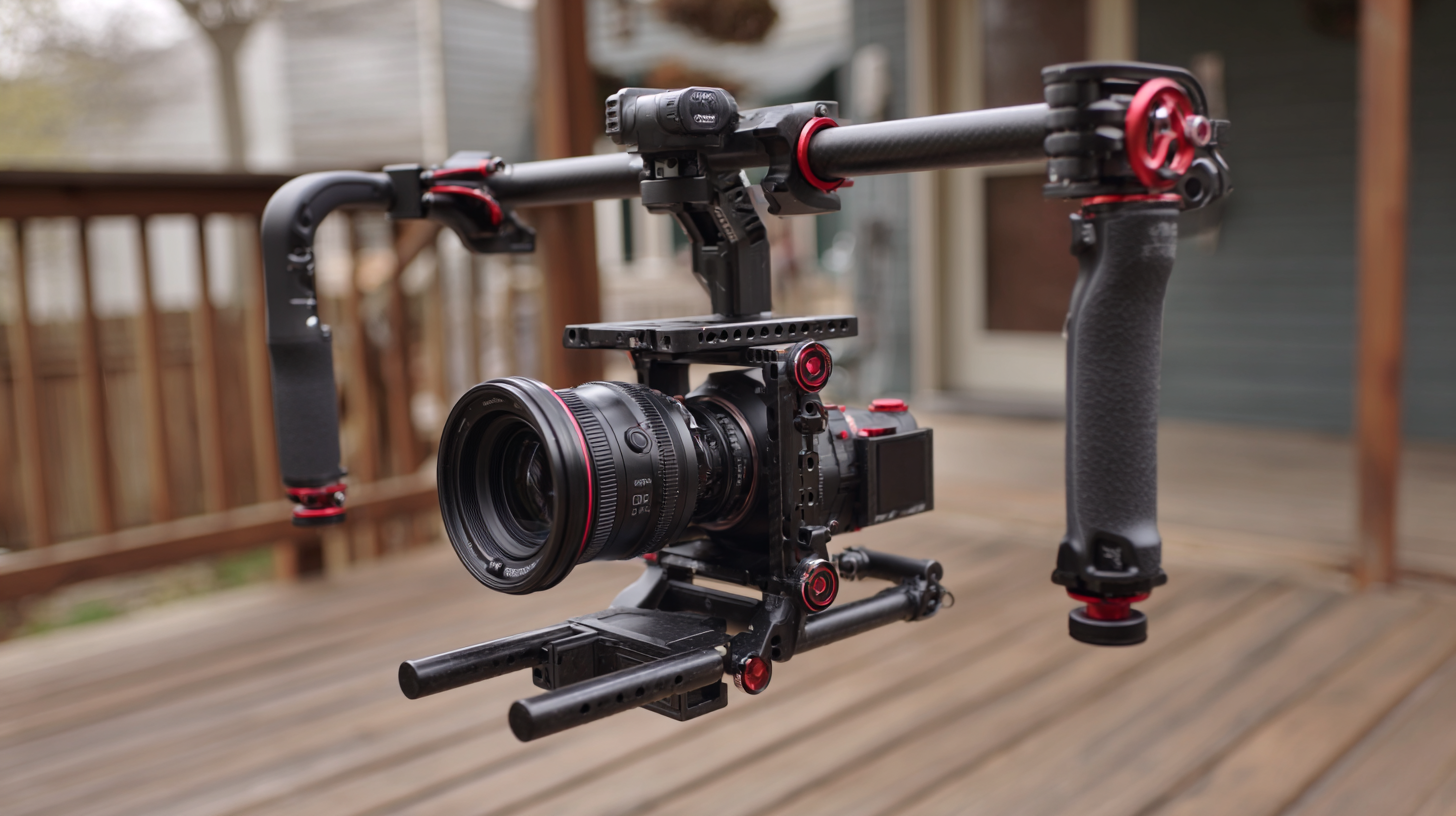
When choosing a camera stabilizer, understanding the different types available is crucial for finding the right fit for your specific needs. The most common types of stabilizers include handheld gimbals, steadicams, and shoulder mounts. Handheld gimbals are often favored for their versatility and ability to smooth out motion, making them ideal for dynamic shooting situations like action sequences or travel vlogs. With motorized stabilization, they offer a modern solution for filmmakers who require extensive mobility without compromising video quality.
On the other hand, steadicams provide a more classic approach to stabilization, utilizing a combination of counterweights and a gimbal setup to achieve fluid motion. This option is particularly suitable for longer shots where the camera operator has to cover greater distances smoothly. Shoulder mounts present another alternative, offering stability while allowing for a more grounded and intuitive shooting experience. They are especially beneficial for documentary work or events where quick repositioning is required. By considering these different types of stabilizers, you can better determine which one aligns with your shooting style and production needs.
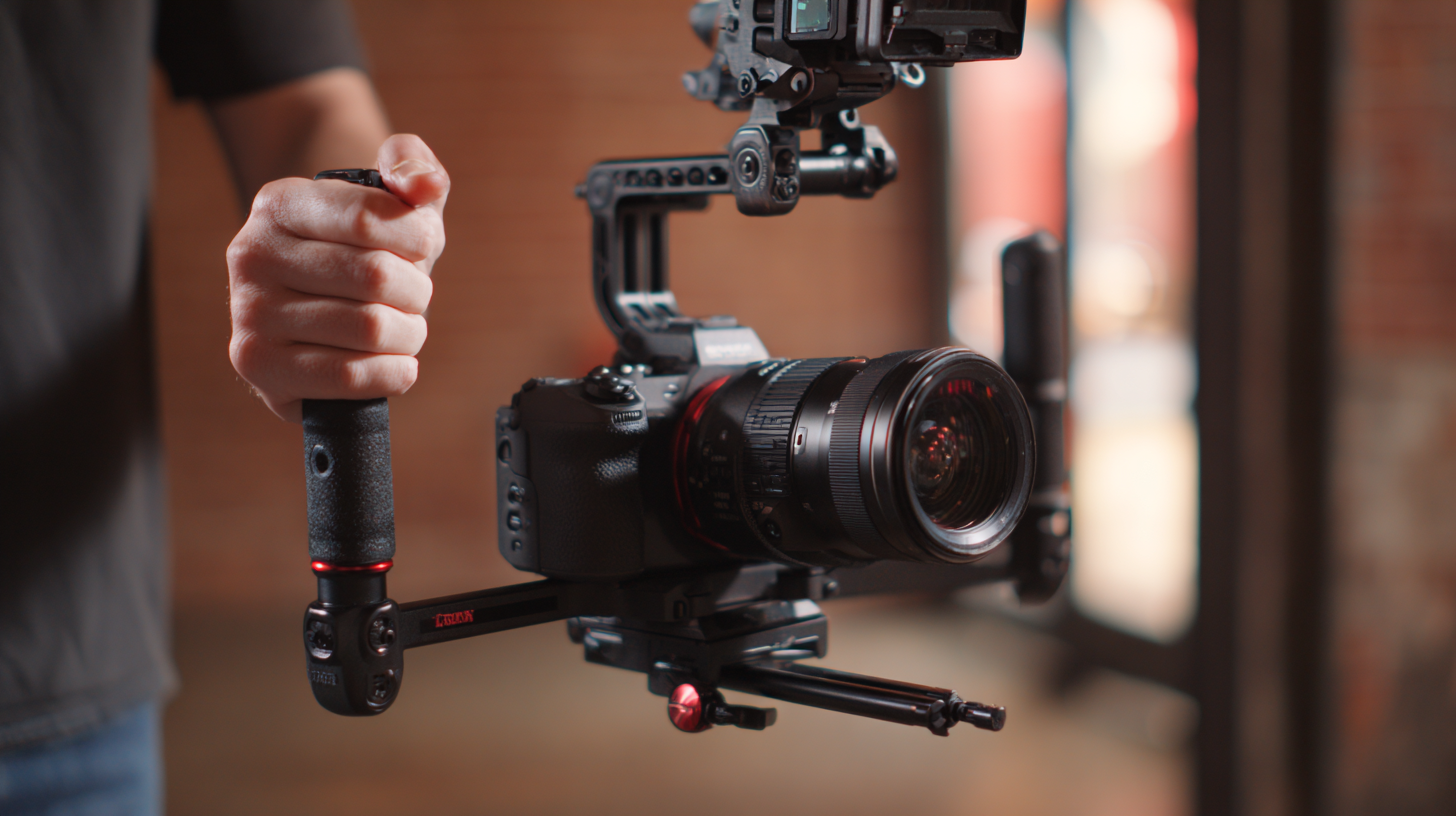
When selecting a camera stabilizer handle, understanding the impact of weight and balance is crucial for achieving optimal performance. A study by the International Journal of Engineering Research suggests that a stabilizer’s weight directly influences the operator’s fatigue level during extended use; heavier handles can lead to quicker exhaustion and reduced shooting time. This is particularly important for filmmakers and videographers who often work for hours on set. Choosing a stabilizer handle that balances well with the camera's weight means you can operate it more comfortably, reducing strain and improving your ability to capture smooth shots.
Moreover, the balance of a stabilizer handle affects the overall stability of the footage being recorded. According to research from the Association of Filmmakers, a well-balanced stabilizer can reduce camera shake by up to 50%, enhancing the quality of your shots. When the weight distribution is optimal, it allows for greater maneuverability and precision, which are vital in dynamic shooting environments. Therefore, when choosing a stabilizer, always take the time to evaluate its weight in relation to your camera setup and consider your shooting style to ensure you find the best fit.
When it comes to selecting a camera stabilizer handle, budgeting plays a pivotal role in ensuring you get the best value without compromising on quality. High-quality stabilizers are available at various price points, and understanding your requirements can help narrow down your options. Consider the type of filming you’ll be doing—whether it’s professional projects or personal ventures—as this will dictate the level of stability and features you need. Investing more in a reliable stabilizer can ultimately enhance your video quality and save you money in the long run, as you won’t have to replace cheaper, less effective equipment frequently.
Additionally, it's essential to research and compare different brands and models in your budget range. Look for stabilizers that offer versatile features such as adjustable lengths and weights. User reviews can provide insight into the durability and performance of these handles, allowing you to make an informed decision. By balancing cost with functionality, you can find a camera stabilizer handle that meets your filming needs while staying within your budget, ensuring you achieve professional-looking results without breaking the bank.
